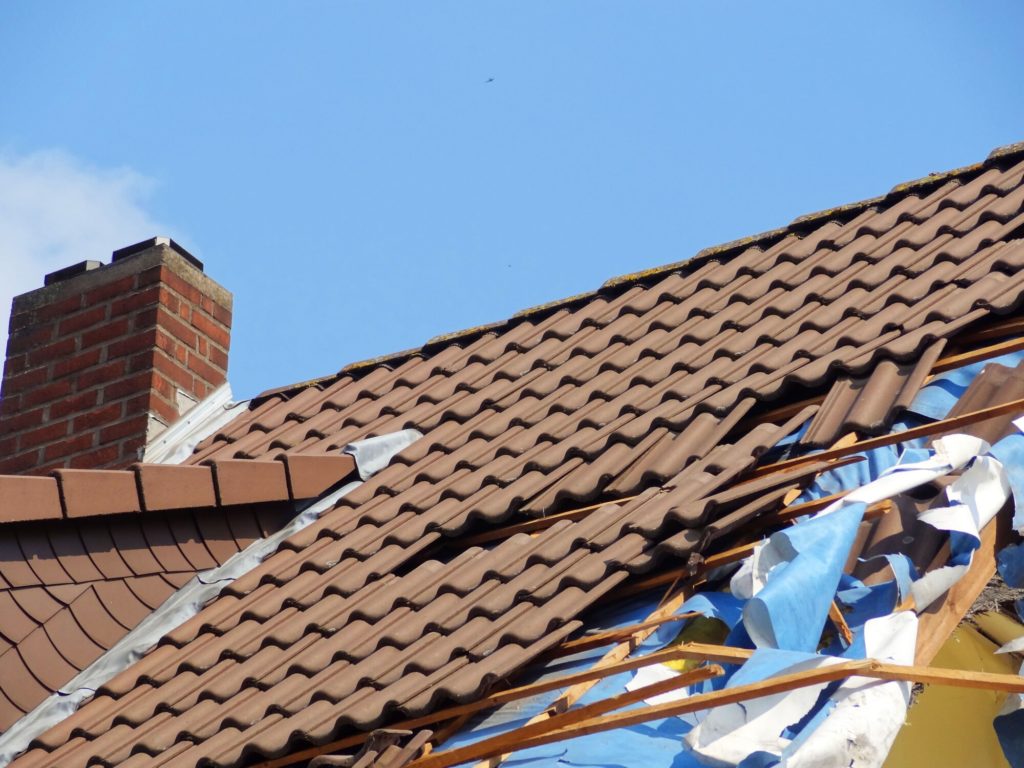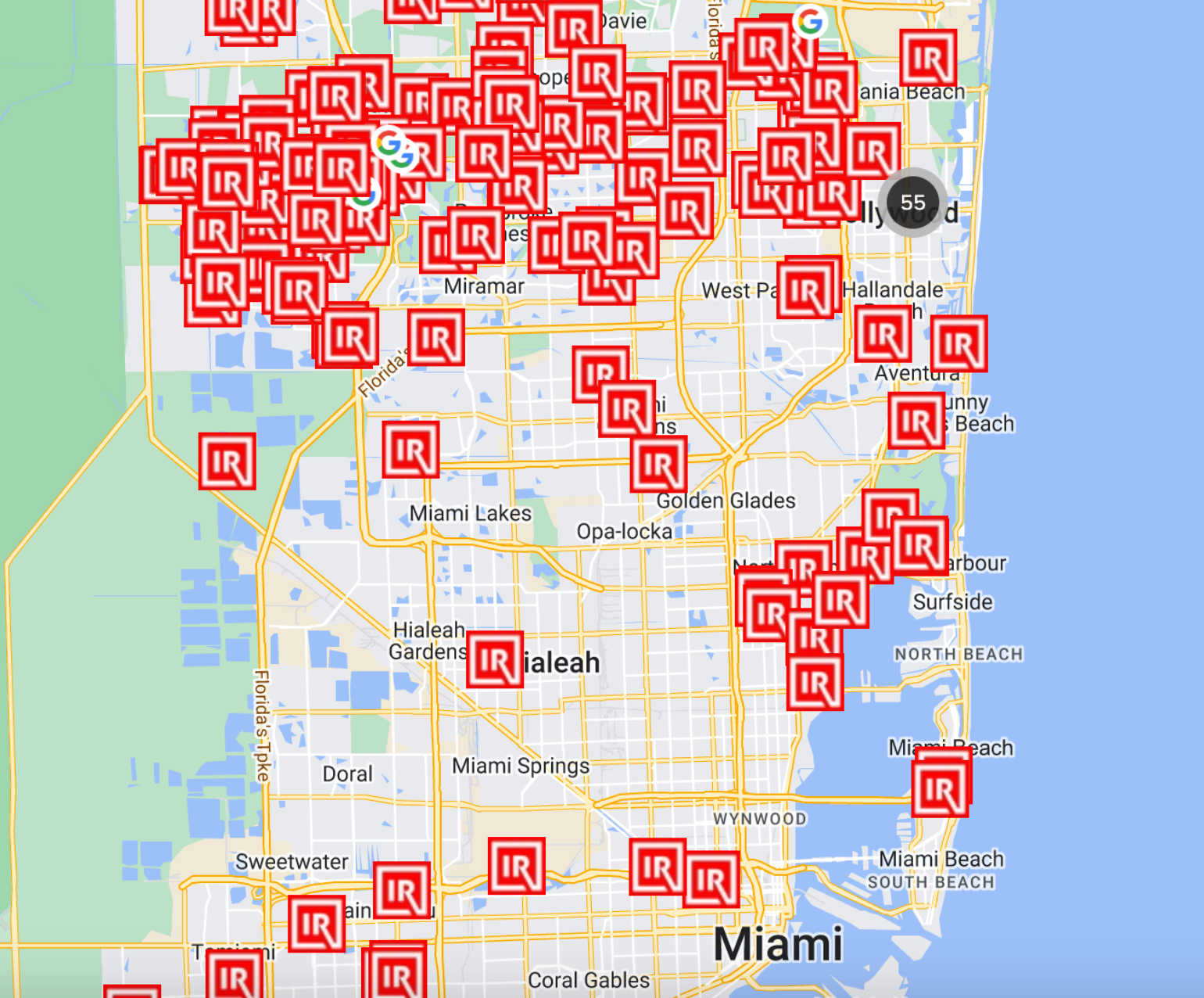
In 2021, it was reported that 1 in 10 homes was impacted by natural disasters. Even winter storms caused more than $15 billion in property damage.
One of the most common areas of the home that’s affected by storm damage is the roof. It’s the first line of defense for your home.
What do you do when your roof has been damaged? How do you know if it is?
Below we’ve outlined how to identify if you’ve sustained roof damage from a storm and how to go about fixing it. Keep reading to find out!
Safely Inspect Your Roof
It can be difficult to assess whether your roof has sustained damage if you’re not trained in it. However, there are several easy ways for any average person to spot obvious roof damage from the ground. Be sure to take pictures of anything you find!
You’ve Sprung a Leak
Aside from looking up and seeing the sky where your roof should be, the clearest sign that your roof needs repairing or replacing after a storm is a wet spot on your ceiling. If you notice a wet stain appearing on your ceiling, you need to get your roof fixed as soon as possible.
The size of the wet spot doesn’t always indicate the size of the issue. Water has made it through your roof, through the lines of defense under your shingles, and through your attic to make that mark on your ceiling.
Not only does this cause water damage, but it is also a breeding ground for mold and mildew. In this case, you may need to replace some drywall as well.
You See Shingles Missing or Find Them on the Ground
While it may not seem like a big deal to find a shingle has blown off, it’s a sign that your roof has sustained wind damage. Water can leak through with even one shingle missing.
It’s hard to be sure of the shape of the other shingles on your roof without a trained professional getting up there. However, all you need to see to feel validated in making that call to a professional is to see a shingle missing or notice your shingles curling.
If you do feel comfortable stepping on a ladder to get a better look, you may also notice dings and dents on your shingles from hail. Once your shingles start missing granules from hail, wind, or water damage, you need to repair or replace your roof.
You Notice Issues with Your Gutters
Sometimes it’s easier to see your gutters than it is to see your roof or shingles. If your gutters are showing damage, it’s safe to assume that your roof has storm damage as well.
This damage will most likely look like dings on your metal gutters. Another telltale sign is a gutter that has detached. These types of damage are common during hurricane season.
Call a Roofing Contractor to Examine Roof Damage From a Storm
Even if you don’t notice any damage, you may still want to call a professional to come and take a look after a storm. Many companies offer a free evaluation and estimate.
When selecting a roofing contractor, look for someone that is licensed and insured. Check out their reviews and chat with them on the phone if you can.
Ask them if they offer a warranty on their work, which they should. Also, find out their timetable. You’ll want to know how quickly they can see you and their general timeline for a roof replacement.
Remember that you want to have your insurance claim approved before you sign any paperwork. A contractor that tries to rush you into this doesn’t have your best interest in mind.
Notify Your Insurance Company
You need to file a claim with your insurance company after sustaining storm damage. It’s often not the easiest process.
Be aware that your insurance company is probably not going to want to approve your claim. It costs thousands of dollars for them to replace a roof.
Your insurance company sends an adjuster to your home to view and report any damage. Certain parameters have to be met to be approved.
If you’re denied and believe there truly is storm damage, try not to worry. Ask that a second adjuster come and review your roof.
You never know what the first one missed or what kind of day they were having. People make mistakes, and insurance adjusters are no different.
Begin Work When Approved by Your Insurance Company
Once you’ve received approval from your insurance company, you are in the clear to choose a contractor and begin work. Your contractor should know whether you need a repair or a full roof replacement.
Expect an estimate which includes costs such as:
- Permits
- Materials
- Licensing
- Clean Up
You should also see and know the overall cost of the job and when to expect it to be completed. Don’t be afraid to ask questions. It’s a big project that costs a lot of money.
Final Thoughts
If you’ve sustained roof damage from a storm, stay calm and follow the procedures listed above. Try to take care of the issues at hand as best as possible until a professional can assess the situation.
However, be safe and never attempt anything that could cause harm to you or your home. If you’re uncomfortable looking for any damage, wait for help.
We know this is a stressful time, but the process of picking a roofing contractor doesn’t have to be. Check out our residential roofing services and schedule with us today!
















